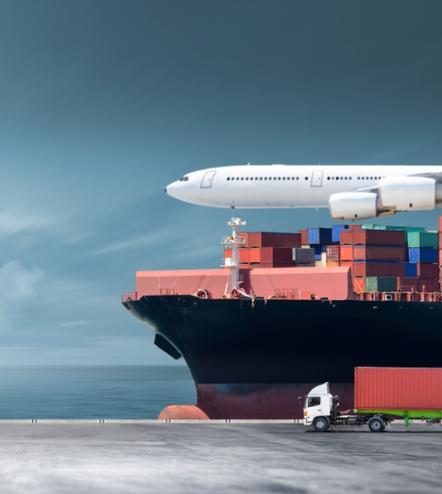
How Climate Change is Disrupting Global Supply Chains
Climate change is becoming a significant threat to global supply chains. From increasing temperatures to unpredictable weather events, it’s clear that businesses across industries must prepare for the new challenges it brings. Extreme weather events, such as floods, hurricanes, and wildfires, have already started causing massive disruptions in supply chains, leading to shortages, delays, and rising prices for consumers.
Weather-related disruptions are not only damaging infrastructure like roads, bridges, and ports but are also creating economic strain across the globe. A recent study by University College London reveals that supply chain disruptions caused by climate change could lead to indirect economic losses, with the projected global economic impact ranging from $3.75 trillion to $24.7 trillion by 2060, depending on future emissions. This shows that even regions that are not directly affected by climate change will feel the financial burden of these disruptions.
The Impact of Climate Change on Production
While disruptions to transportation routes are often the most visible consequences of climate change, production itself is also severely impacted. Heatwaves can lead to factory shutdowns, power outages, and dangerous working conditions, making it impossible for businesses to operate at full capacity. A prime example of this was the 2021 drought in China, which severely impacted hydropower production, affecting factories across the country. Similarly, the 2023 heatwave and drought in Texas led to widespread crop damage, particularly in cotton production, which sent shockwaves through global textile supply chains.
These disruptions to raw material production can create a ripple effect, impacting various industries, from clothing manufacturing to furniture production. Shifting weather patterns also complicate the situation, as unpredictable rainfall and temperature fluctuations affect agricultural seasons and disrupt traditional growing regions. This forces businesses to adjust their sourcing strategies quickly, which can lead to shortages and price increases.
As climate change continues to take its toll, it’s clear that it’s no longer just an environmental issue—its economic impact is being felt in consumers’ wallets, with higher prices due to delayed deliveries and reduced supply becoming the norm.
Preparing for the Future: How Businesses Can Adapt
While climate change presents significant challenges, businesses can take proactive steps to mitigate its effects. The key to resilience lies in building a flexible, adaptable supply chain that can weather these disruptions.
Here are some strategies businesses can use to prepare:
- Diversification: Spreading sourcing across multiple regions and suppliers can reduce the risk of disruptions. For example, a company that depends on a single supplier located in a region prone to natural disasters can minimize risks by sourcing from additional areas that are less likely to be affected by extreme weather events.
- Sustainability: Embracing sustainable practices can make a supply chain more resilient to climate change. Companies should invest in renewable energy, water-saving technologies, and eco-friendly processes that reduce their vulnerability to resource limitations. A good example is McDonald’s initiative to convert used cooking oil into biodiesel for its truck fleet, which reduces reliance on fossil fuels.
- Investing in Robust Infrastructure: To ensure long-term business continuity, companies should invest in infrastructure capable of withstanding extreme weather events. This includes flood-resistant buildings, elevated transportation routes, and power grids that can endure climate disruptions.
- Recycling and Using Sustainable Materials: As resources become scarcer due to climate change, companies should explore the use of recycled materials in their supply chains. High-density polyethylene (HDPE) plastic pallets are a great example—they are lightweight, durable, and contribute to a greener logistics network by reducing waste and fuel consumption during transport.
While these investments in sustainability may increase overhead costs, businesses should view them as necessary for long-term success. Not only does it help combat climate change, but it also presents a business opportunity to differentiate oneself in a market increasingly driven by eco-conscious consumers. Moreover, since a large portion of a company’s carbon footprint stems from its supply chain, it’s critical for businesses to collaborate to reduce greenhouse gas emissions.
Conclusion
Climate change is already disrupting supply chains in unprecedented ways, but businesses have the power to adapt and build resilience. By diversifying their sourcing, embracing sustainable practices, and investing in resilient infrastructure, companies can weather the storm. While these steps may require upfront investment, the benefits of building a more flexible and sustainable supply chain will be felt in the long run. It’s not just about reducing environmental impact—it’s about securing the future of businesses in an increasingly unpredictable world.